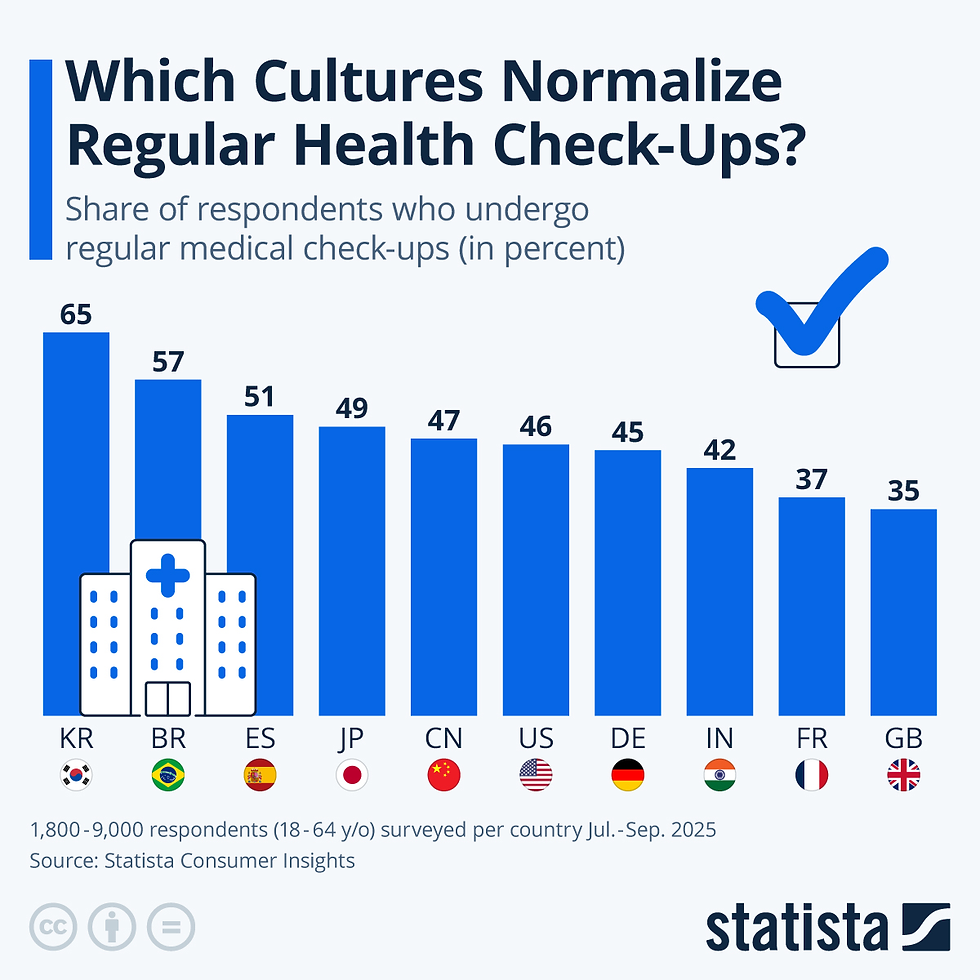The Potential of Mobile Payment in Africa
- Create and Learn

- May 19, 2022
- 1 min read

This article is published in collaboration with Statista
by Martin Armstrong
During the pandemic, several African governments encouraged their populations to use mobile payments in order to limit the spread of the virus, notably by waiving fees for this type of transaction. Kenya, a pioneer in the development of mobile money in Africa, is surely the country where this method of payment is most successful.
As reported by the Economic and Financial Affairs Council, Kenya recorded a record high in mobile transactions at $55.1 billion last year, up nearly 20% from 2020.According to Statista's Global Consumer Survey, 84% of Internet users surveyed in Kenya were using their cell phones to make payments in 2021, a much higher adoption rate than in Europe. And while about a quarter of the Kenyan population had access to the Internet (according to the latest World Bank figures), there is still plenty of room for growth in mobile payments.
The situation is similar in Nigeria, where 60% of internet users were using mobile payments in 2021, for an internet penetration rate of around 34%. In these countries, mobile payments meet the need for financial inclusion, as the vast majority of the population is still without a bank account.Launched in Kenya by mobile operator Safaricom in 2007, M-Pesa is the leading mobile wallet on the African market. the service currently claims more than 50 million active monthly users across the continent.
Start leaning Data Science and Business Intelligence tools:
createandlearn#analytics#dashboard#finance#accounting#tableau#powerbi#excel#sales#datascience#businessintelligence




























Comments